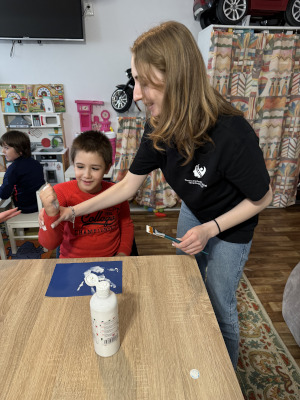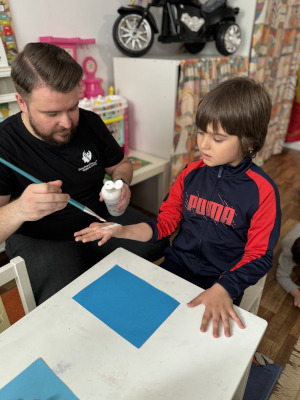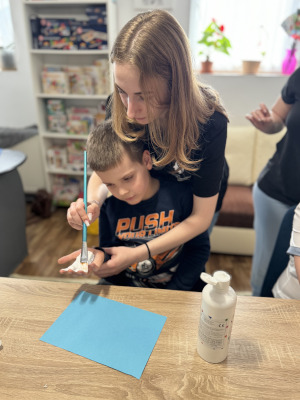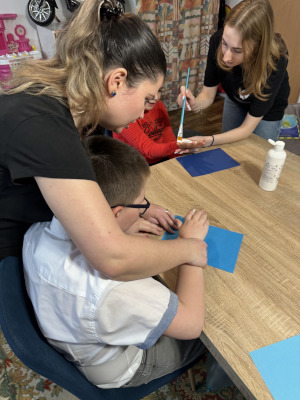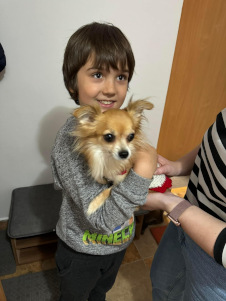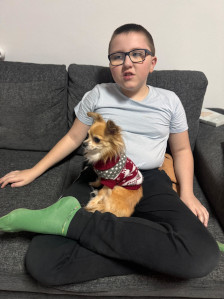Instructors
Activities offered by ”Brigitta&Cosmin” Psycho-Educational Center Association
Psychological assessment
Psychological assessment is a structured series of interviews, standardized tests and questionnaires subject to analysis and interpretation. which aim to assess the child's strengths and vulnerabilities, taking into account the child's personal life context. Various aspects can be identified through the tools used, from preferred learning styles to socio-emotional and behavioral patterns. Psychological assessment is a way of identifying the problem and making a diagnosis so that recommendations can be made on the best therapeutic interventions and the child can receive the support he needs to develop harmoniously.
The psychological assessment of the child includes an interpretation of emotions, behavior and non-verbal language through interconnected assessment methods: observation, anamnestic interview and standardized psychological tests, the role of giving the child a context and a secure atmosphere that allows his self-disclosure.
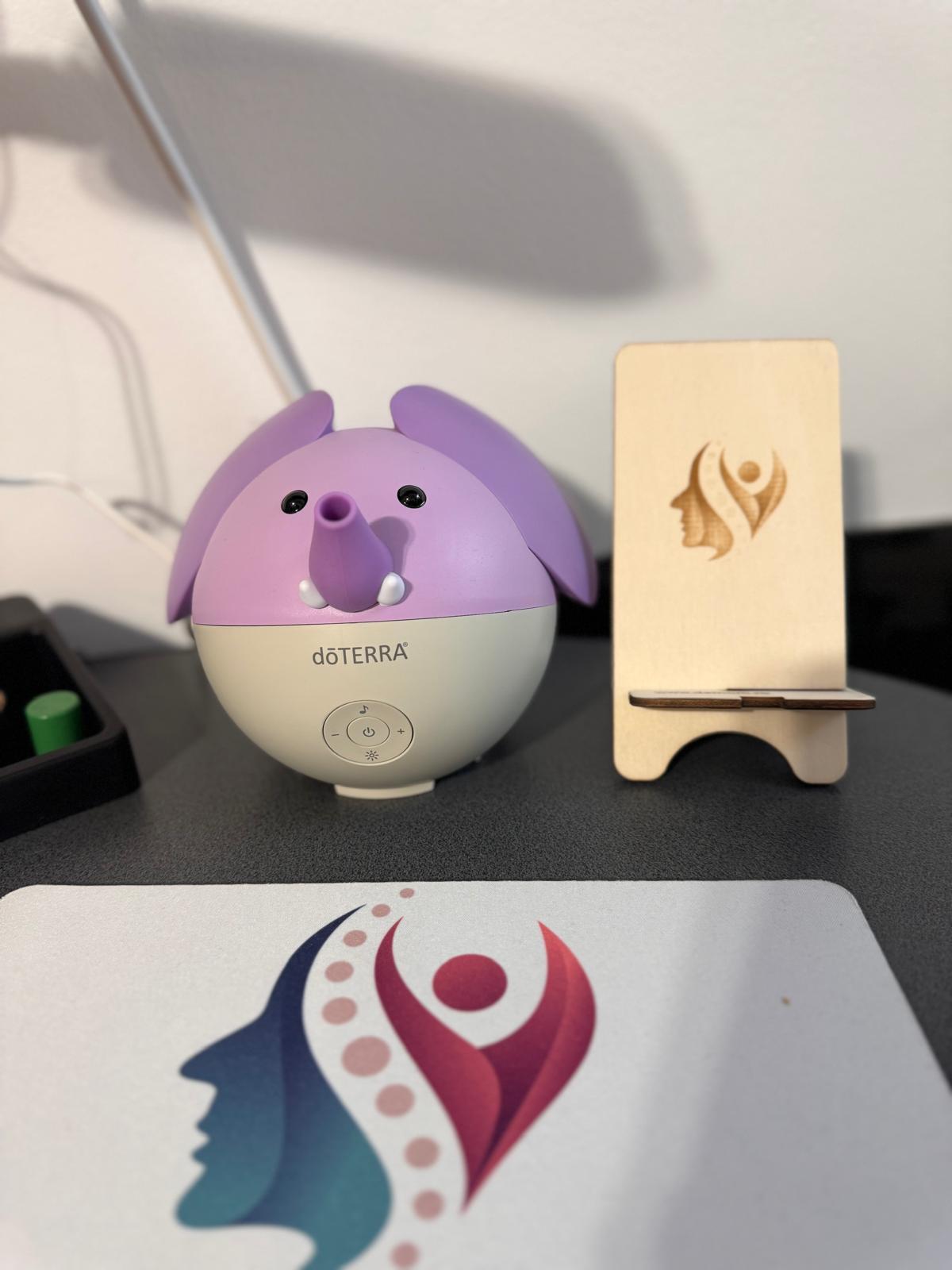

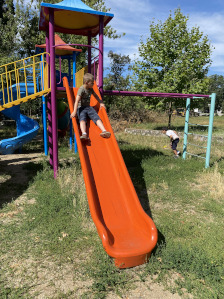

Individual therapy:
Individual psychotherapy
Psychotherapy is a method of helping people with various affective, emotional or mental problems to cope with and subsequently overcome them.
The main aim of psychotherapy is to help the person to eliminate or control the symptoms or the thought patterns that prevent it from functioning at an optimal level. Also, through psychotherapy, the person begins to become aware of their blockages and traumas, can change their perspective on life and self, and by healing emotional wounds, can access a new state of well-being.
ABA therapy
ABA therapy (Applied Behavior Analysis) is a type of therapy often used to treat autism spectrum disorders (ASD) and other cognitive disorders.
ABA therapy is a method of analyzing and manipulating human behavior based on the principles of positive psychology. It focuses on a person's visible behaviors and uses various techniques to help develop new behaviors, improve existing ones, and suppress unwanted ones.
The goals of ABA therapy vary based on each patient's unique needs, but the more often aims to help affected children:
• show more interest in the people around them;
• communicate more effectively;
• learn to ask for the things they want in clearly and specifically;
• limit or eliminate behaviors that involve self-harm;
• reduce the frequency of tantrums or other types of outbursts;
• improve the level of concentration at school.
CBT-REBT therapy
What does it entail?
Cognitive-behavioral therapy focuses on the present, on current problems interpreted as responsible for distress, on collaboration and active participation, which means that the therapist will design an intervention plan together with the patient that, depending on the number and nature of the problems listed in “the agenda of problems to be solvedt”, will include the number and frequency of meetings, the assumption of homework assignments (negotiated sequentially), the type of skills to be developed to reduce distress, as well as other specific factors.
Who is it for?
The therapy is intended for children, adolescents and adults who want to identify these cognitively dysfunctional patterns formed throughout life (in fact, very resistant to felflexibilisase) in later critical situations, the person in question to become his own “psychotherapist”.
Sensory therapy
Sensory therapy combines different therapy methods through light, vibration, music, pleasant objects to the touch, using the harmony brought by the sensory room to help the child adapt to the environment. It has a positive impact on concentration and behavior skills.
Sensory integration therapy is aimed at children with: • Sensory integration dysfunctions
• Autism spectrum disorders
• Down syndrome
• Developmental delays
• Language disorders
• Learning disorders
• Emotional disorders
• ADHD
Occupational therapy
Occupational therapy is a holistic treatment approach that aims to improve the quality of life of people who have various disabilities and special needs. Mainly, the purpose of occupational therapy is to support a person's autonomy and independence, improving their quality of life.
Who needs occupational therapy?
• problems in the oncological sphere;
• problems of mental health;
• behavior problems;
• autism;
Play therapy
Play therapy is based on the idea that children unconsciously communicate through play. Specifically, by playing, children reveal many things about themselves without realizing that they are doing so. Play is how children learn how to interact with the world around them and how to develop the necessary skills. As a result, it is something that comes naturally and is a means through which they can express themselves.
Play therapy is especially beneficial for those who have trouble communicating and expressing themselves in a positive and healthy manner. Play therapy or play therapy is recommended for children with special needs. It is a useful type of treatment in certain situations and for many children:
• Autism
• Attention deficit hyperactivity disorder (ADHD)
• Depression
• Anxiety disorders
• Posttraumatic stress disorder
• Physical or emotional trauma
• Sexual abuse
• Physical or emotional abuse
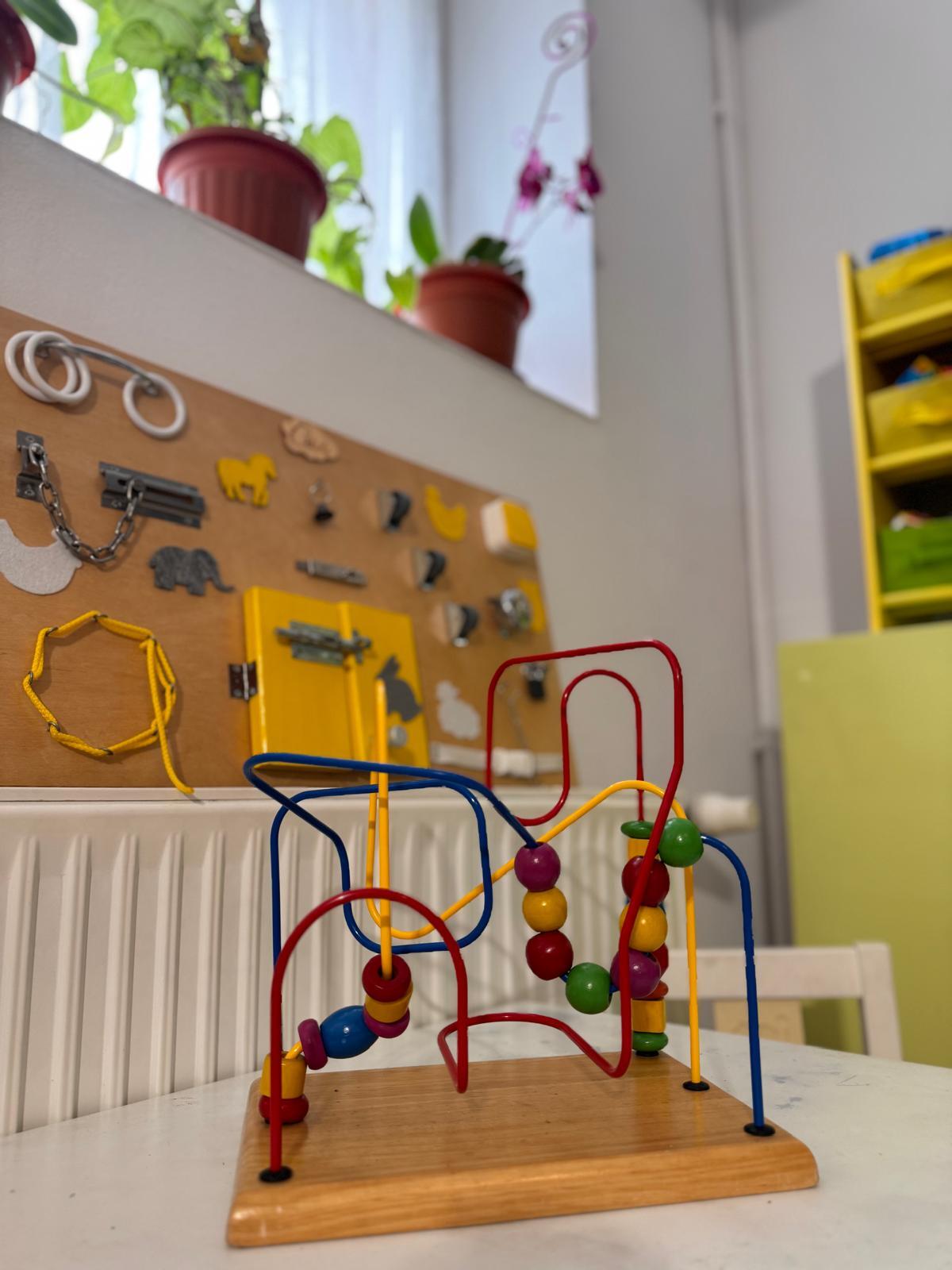
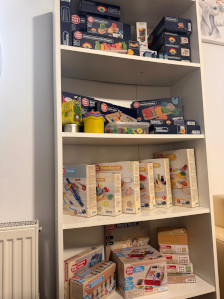
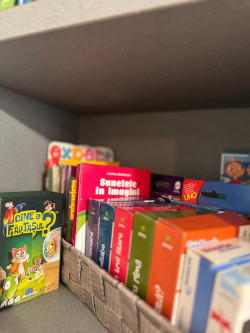
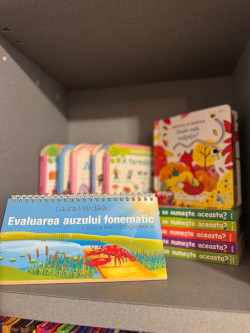
Speech therapy
The word “logopedia” comes from the Greek “logos” which means word and “paidea” which means education. So speech therapy deals with speech education, and in a broad sense with the study and development of language, with the prevention and correction of language disorders. of speech, the general normal psychological development of people, training and development according to their capacities, establishing or re-establishing correct relationships with those around them.
Language disorders can be:
1. Pronunciation disorders (affecting the pronunciation of one or more sounds: dyslalia, dysarthria, rhinolalia)
2. Rhythm and fluency disorders (stuttering, bradylalia, tachylalia, logoneurosis and chorea-based disorders)
3 Voice disorders (aphonia, dysphonia and phonoasthenia)
4. Reading-written language disorders (dyslexo-dysgraphia and agraphia)
5. Polymorphic disorders (aphasia and alalia)
6. Disorders of language development (psychogenic mutism, delay in the general development of speech, verbal dysfunctions associated with infantile autism or intellectual disability and hearing disability)
7. Disorders associated with psychopathological or psychiatric conditions (echolalia, jargonophrasis).
Art therapy
Art therapy is a method of psychotherapy in which different forms of art are used: painting, drawing, collage, modeling, etc. with the aim of improving the person's condition. Art therapy offers emotional support for people who have various ailments or have experienced various traumas, reduces stress, helps unlock creativity and promotes personal development.
Expressive (expressive-creative) therapies include: art therapy, music therapy (melotherapy ), therapy through dance and movement, therapy through theater (drama therapy), therapy through literary creations (literature, poetry). “All this contributes to the development of each person's potential and to the development of mechanisms to cope with demanding situations that arise throughout life.
Group therapy
Group psychotherapy is a counseling and personal development service that gives participants the opportunity to connect with other people who are going through similar experiences or have similar challenges. This form of therapy is proving extremely beneficial. Group therapy provides a safe and supportive environment where participants can share and discuss their problems, thoughts and feelings.
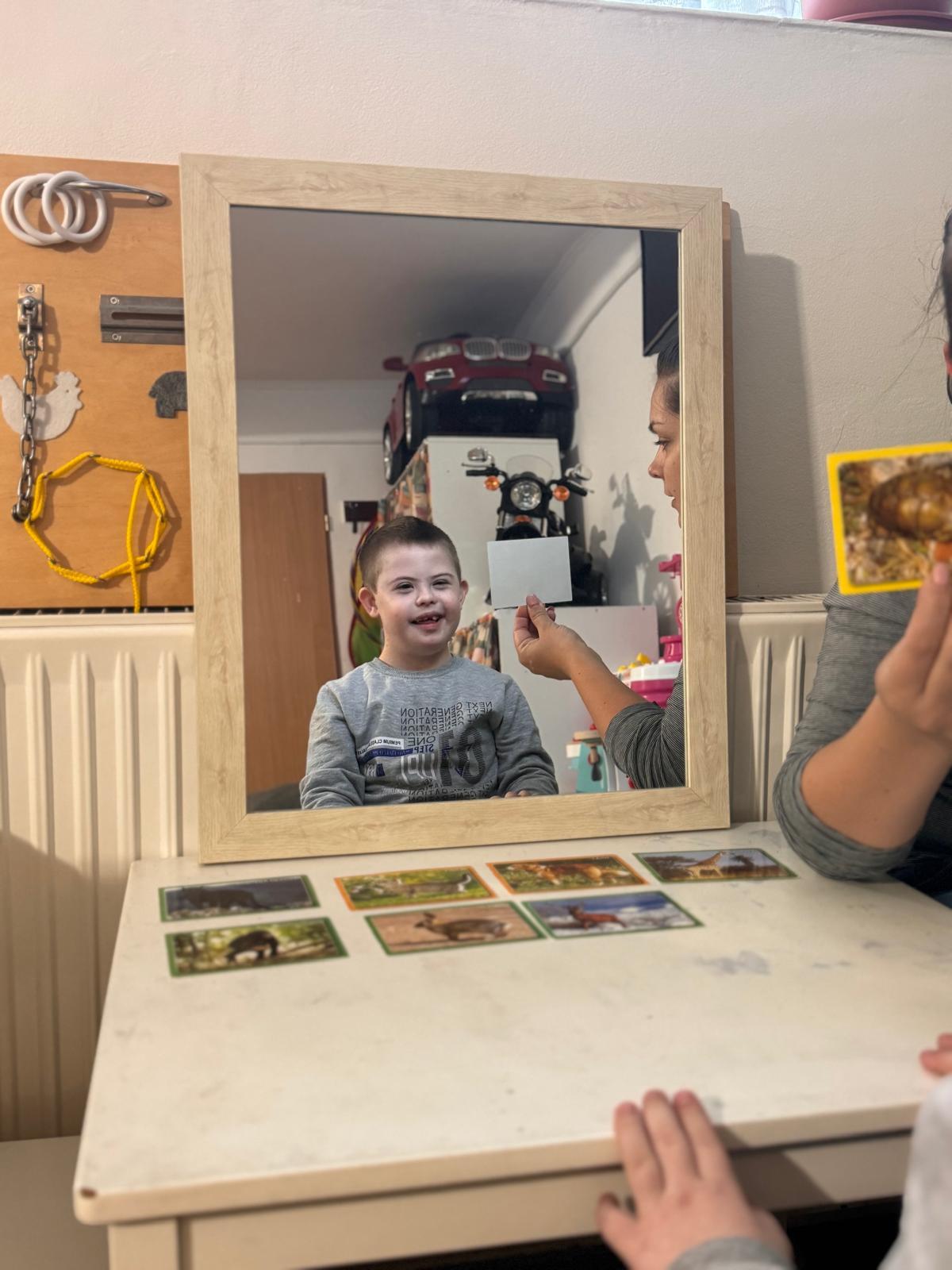
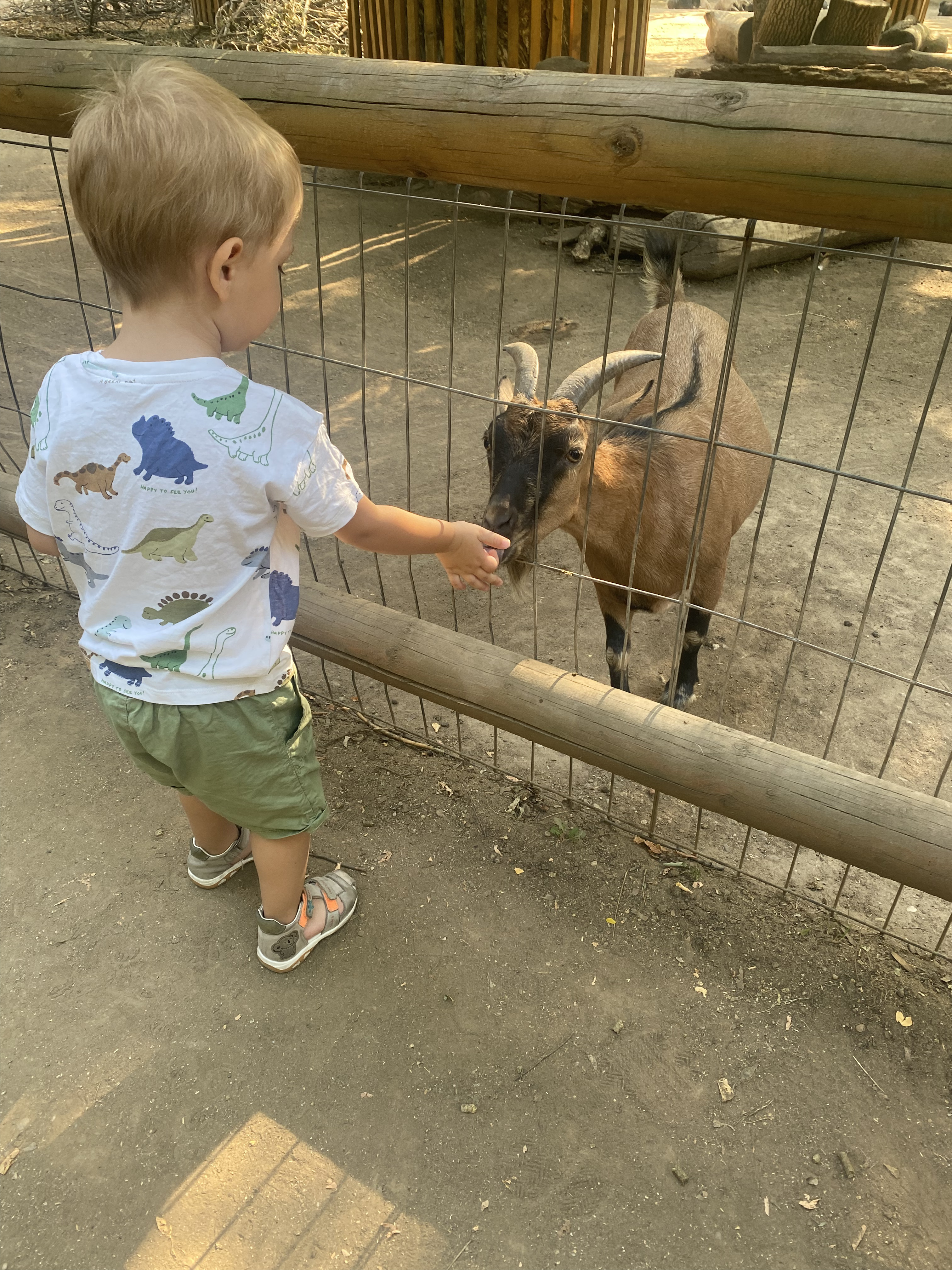
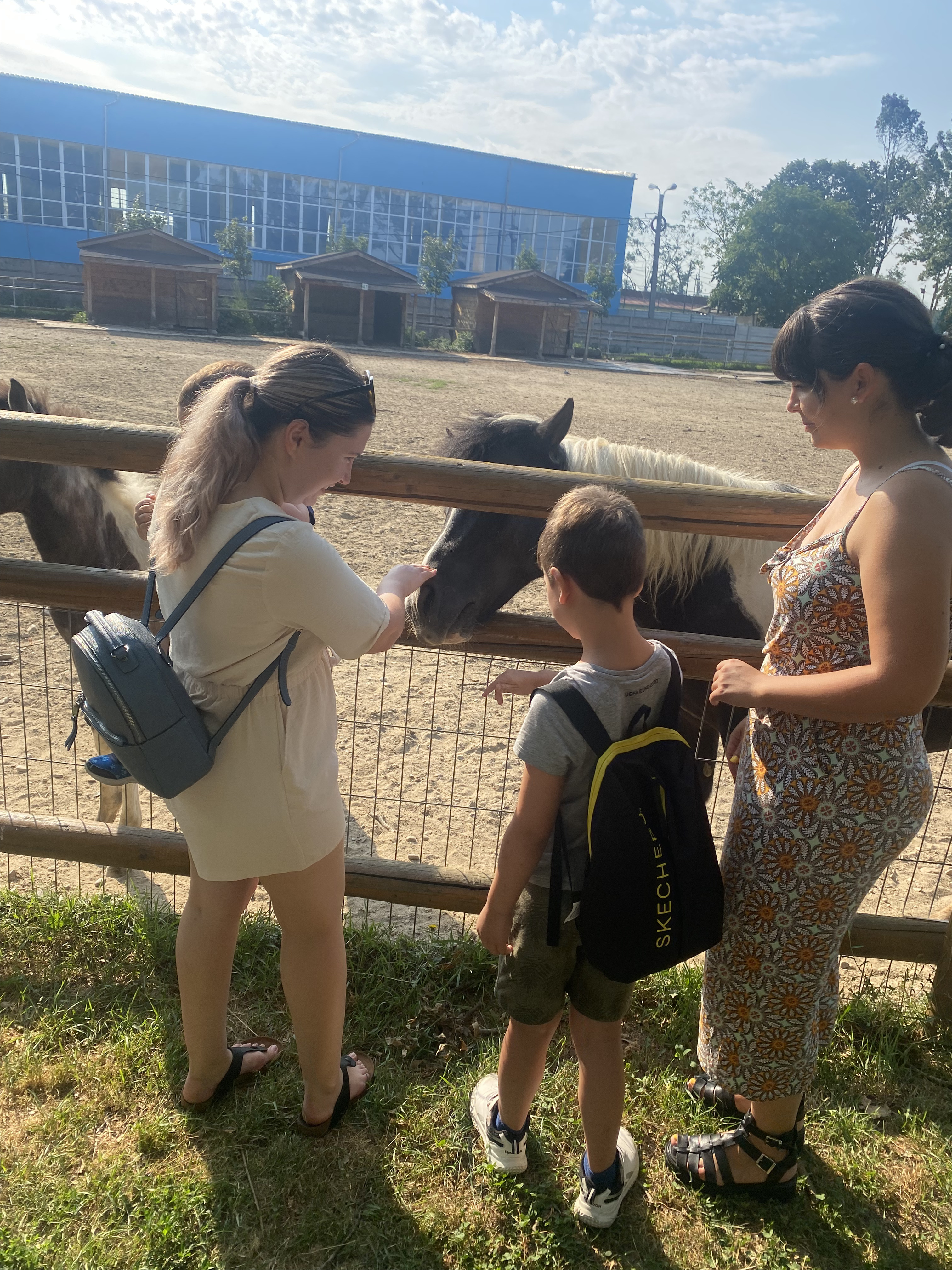
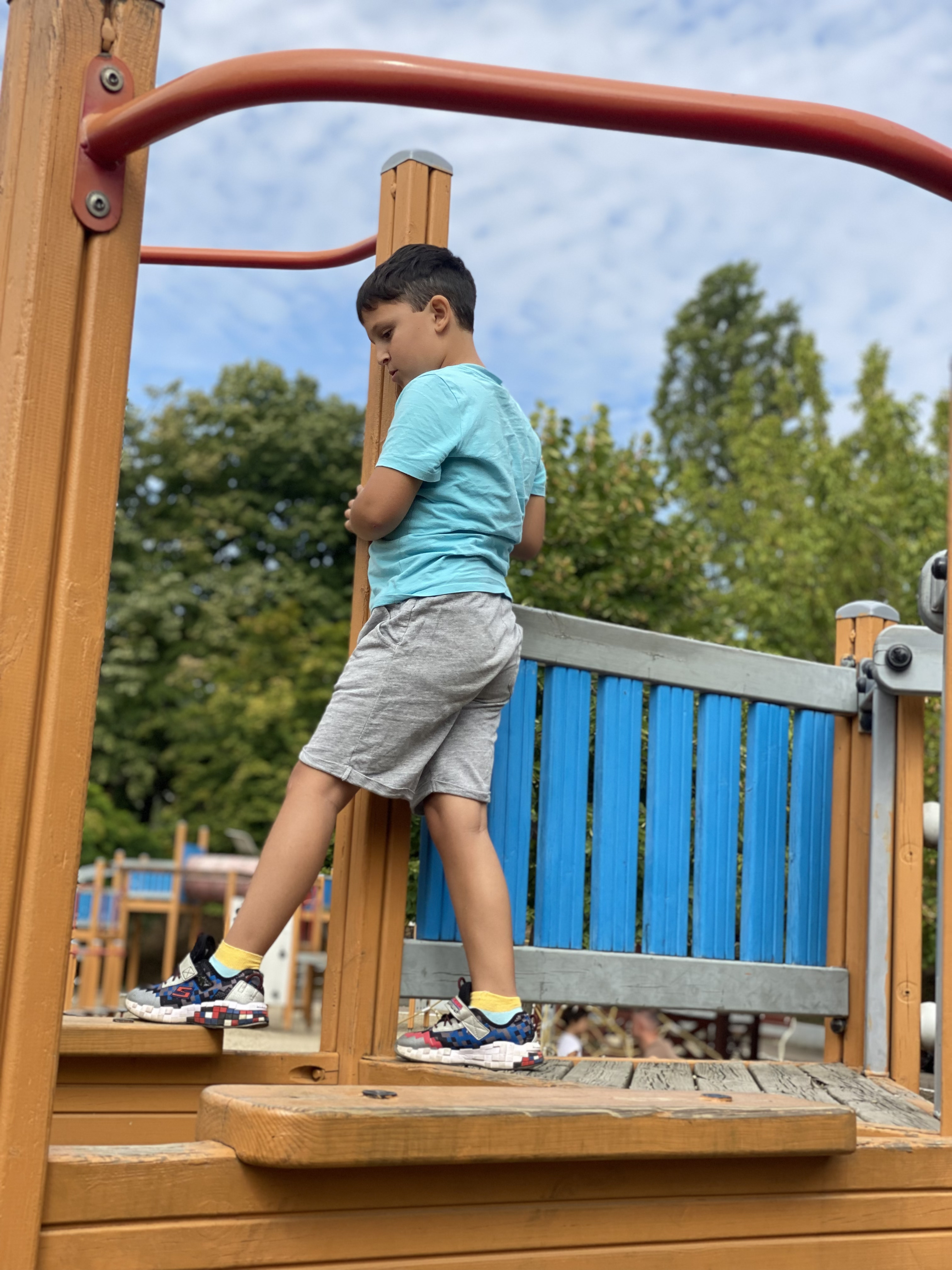
Summer workshop
The summer workshop is a dedicated program especially for children with disabilities to provide an alternative learning opportunity during the holiday period.
It is a good opportunity for the little ones to consolidate their knowledge and at the same time learn new things. The “B&C” summer workshop offers an alternative and safe learning environment where children participate in educational and recreational activities and are helped to structure their knowledge, explore the environment and have the opportunity to generalize the knowledge gained in different places.
